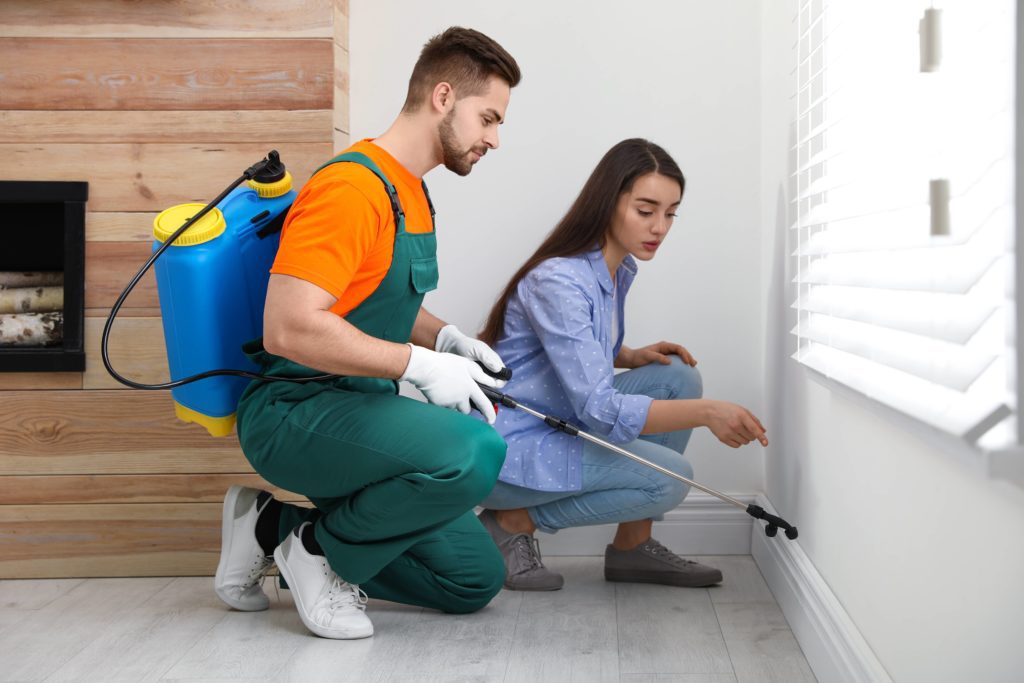If you have been experiencing frequent false alarms or poor signal sensitivity, it may be time to upgrade your smoke detection system. The National Fire Protection Association recommends Test and Tag smoke alarms every two years, but some detectors are so dependable they can go up to five years without needing a test. Often it is best to upgrade your detection system instead of replacing old units. Here are some reasons to consider this:
Cleaning chemicals
One common problem that causes false alarms on smoke detectors is harsh chemicals used for cleaning. Using chemicals like bug spray, paint, and cleaning solutions can cause smoke detectors to emit a faulty signal and tamper with the system. The best way to solve this problem is to avoid using the chemicals, and make sure that areas are vented when painting or cleaning. If you notice that the alarm keeps going off despite your best efforts, it may be time for a new fire alarm. Contact ADT if you have concerns about your smoke detectors.
Temperature
Thermosensors use temperature to detect changes in the thermal environment locally and nearby. These devices are commonly made up of thermistors and bimetallic strips. Maximum mounting heights vary depending on detector grade and range from six to 13.5 meters. They use differentiating characteristics that distinguish normal temperature changes from fire conditions. The rise in temperature, for example, will trigger an alarm when it exceeds a preset limit.
Humidity
Whether your home is experiencing trouble with your security system, or if it is generating nuisance alarms, it is vital to test the smoke and humidity detectors in your home. Both factors can interfere with the ionization technology, causing your alarms to give false signals. Some of the common problems include humidity in the air, poorly vented hallways, and steam from showers.
Paints
Oil-based paints are notorious for causing false fire alarms in homes. Oil-based paints contain volatile solvents that can interfere with smoke detectors. Other possible sources of false fire alarms include sprayed pesticides, chemical cleaning agents, and drywall dust. In addition to paint, drywall dust can cause false fire alarms. For these reasons, painters need to be particularly careful when painting near smoke detectors.
Paint thinners
Avoid the use of paint thinners when testing smoke detectors and home security systems. You must store paint thinner in a closed area or outside. Moreover, you should avoid using it with gasoline, air fresheners, and solvent fumes. Paint thinners should also be stored away from water and gasoline. Avoid placing paint thinners in enclosed spaces, above water or sinks, and away from electrical kettles. Also, avoid storing these substances in containers that are flammable, such as plastic or glass. Then, make sure to dispose of them in the regular garbage.


